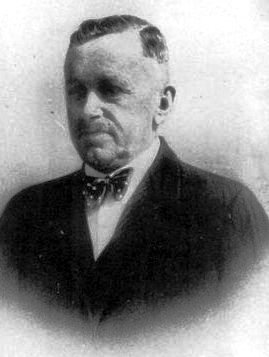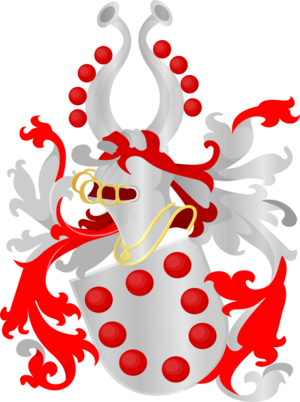Alexander von Staël-Holstein facts for kids
Alexander Wilhelm Freiherr Staël von Holstein (Chinese: 鋼和泰, born January 1, 1877, died March 16, 1937) was a very smart and important scholar. He came from a noble family in what is now Estonia. He was an expert in many languages and cultures from Asia, especially China and India. He studied Buddhism and ancient texts. People who study Asian cultures are called orientalists. He was also a sinologist, meaning he studied China, and a Sanskritologist, meaning he studied the ancient Indian language Sanskrit.
Contents
A Life of Learning
Alexander von Staël-Holstein was born into a noble family in Estonia, which was then part of the Russian Empire. His family had connections across Europe. He learned a lot at home when he was young. When he was 15, he went to a high school called a Gymnasium in Pärnu.
University Studies
He continued his education at the Dorpat University in Tartu, where many of his family members had also studied. He focused on philology, which is the study of language in historical and literary sources. After graduating, he moved to Germany to study more Asian languages at the Berlin University.
In 1900, he earned his doctorate degree from the University of Halle-Wittenberg. His special paper was about an ancient Indian text. His professor, Richard Pischel, was a world expert on Prakrit, an old form of Sanskrit.
Travels and Teaching
For several years, Baron de Stael traveled widely. He studied with the best experts in Asian languages and cultures in Germany, England, and India.
He started his teaching career in 1909. He became an assistant professor of Sanskrit at the University of St. Petersburg in Russia. He also joined a Russian group that explored Central and Eastern Asia. In 1912, he visited the United States and spent time at Harvard University to study more Sanskrit.
Life in China
When the October Revolution happened in Russia, Alexander was in China. After Estonia became an independent country in 1918, he became an Estonian citizen. However, he stayed in Beijing, China.
A friend, Charles Eliot, helped him get a job at Peking University. From 1918 to 1921, he taught Sanskrit, Tibetan, and the history of Indian religion. He became a full professor there from 1922 to 1929. In 1927, he helped create the Sino-Indian Institute in Beijing. This institute helped people study the connections between Chinese and Indian cultures.
In 1928, he visited Harvard University again. He helped the Harvard-Yenching Institute collect many important books. In 1932, he was honored by the Institute of History and Philology in China.
Besides his work on Indian and Tibetan religions, he also studied how ancient Chinese words were pronounced. His important work, "The Phonetic Transcription of Sanskrit Works and Ancient Chinese Pronunciation," was translated into Chinese and published in a famous journal in 1923.
Family
- Iskander Wilhelm Stael von Holstein
Selected Works
Alexander von Staël-Holstein wrote many important books and articles. Here are some of them:
- The Kāçyapaparivarta: a Mahāyānasūtra of the Ratnakūṭa class, edited in the original Sanskrit, in Tibetan and in Chinese, Shanghai: Shangwu Yinshuguan, 1926
- On a Tibetan text translated into Sanskrit under Ch'ien Lung (XIII cent.) and into Chinese under Tao Kuang (XIX cent.), Bulletin of the National Library of Peiping, 1932
- On two Tibetan pictures representing some of the spiritual ancestors of the Dalai Lama and of the Panchen Lama, Bulletin of the National Library of Peiping, 1932
- A commentary to the Kāçcyapaparivarta, edited in Tibetan and in Chinese, Peking: published jointly by the National Library and the National Tsinghau University, 1933
- On a Peking edition of the Tibetan kanjur which seems to be unknown in the West, Peking: Lazarist Press, 1934
- On two recent reconstructions of a Sanskrit hymn transliterated with Chinese characters in the X century A.D, Peking: Lazarist Press, 1934
- Two Lamaistic pantheons, edited with introduction and indexes by Walter Eugene Clark from materials collected by the late Baron A. von Staël-Holstein, Harvard-Yenching Institute monograph series 3 and 4, Cambridge, Mass.: Harvard University Press, 1937
See also
- List of Baltic German scientists



